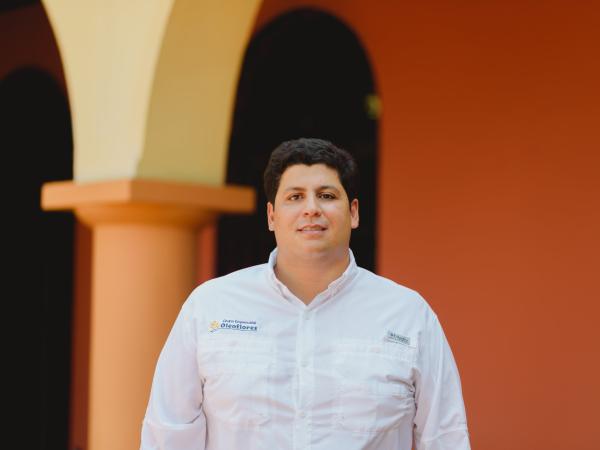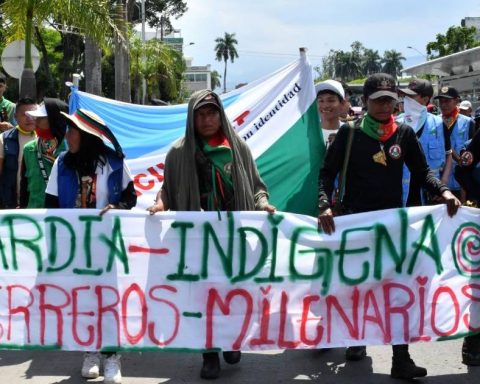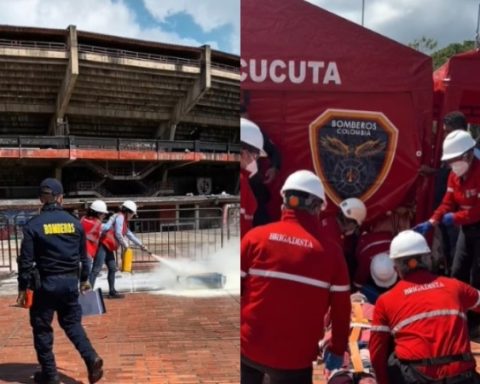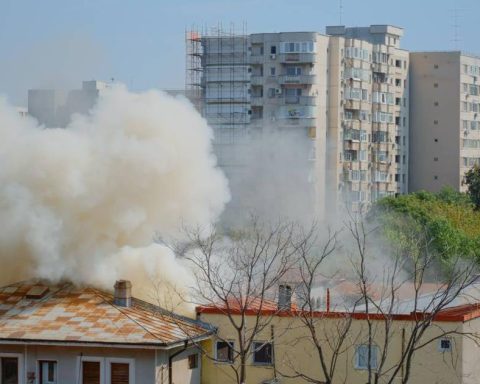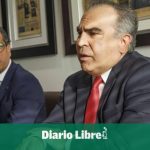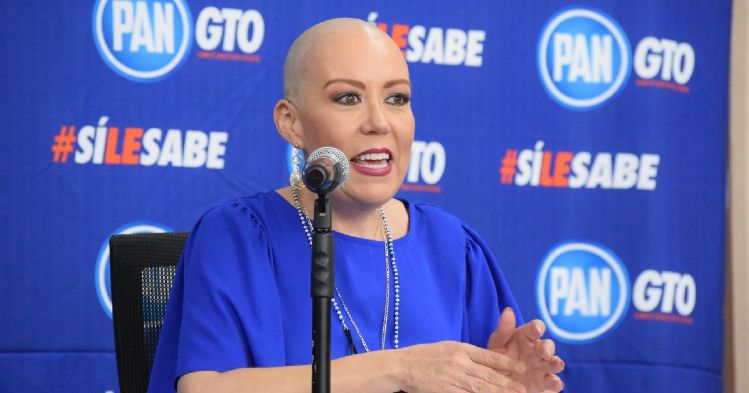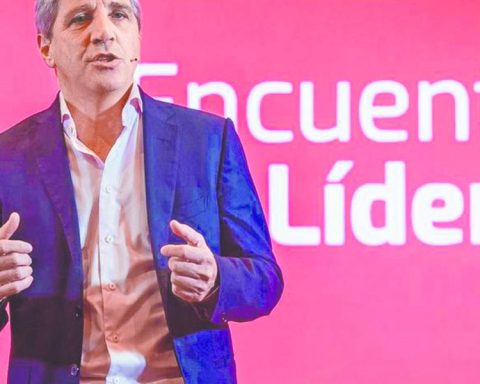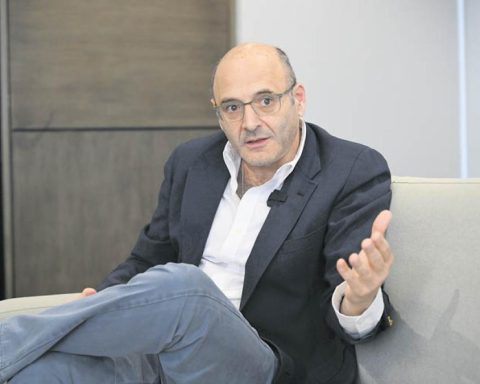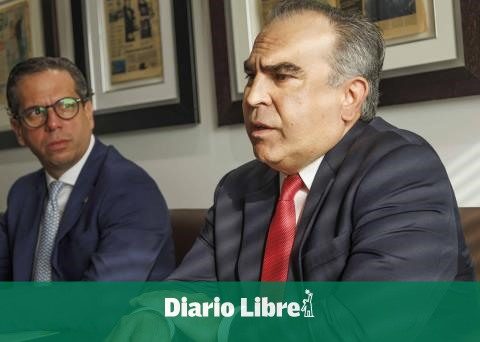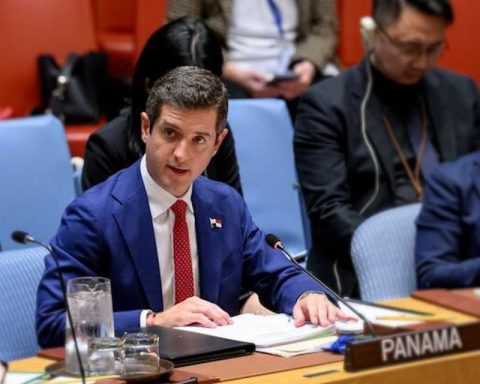The cultivation of palm and the derivation of its products has been progressing in recent years in the country. For the year 2000 there was talk of 180,000 hectares of palm, however, today that figure reaches 600,000.
(Is there a risk of fertilizer shortages in Colombia?).
This was confirmed by Carlos Murgas, vice president of the Oleoflores business group, who in an interview with Portafolio spoke of the progress and challenges of the palm oil sector in Colombia.
How is Oleoflores different?
We are an agroindustrial and industrial group of oil palm, oils, fats and biofuels. We have been in this sector for more than 45 years and today we work with 3,000 farmers on 9 and 10 hectares on average. We contribute to the development of at least 1,000 families and we have 65,000 hectares planted. We have four plants in operation, two refineries and a biodiesel plant.
How has the palm sector progressed?
Colombia for the year 2000 had 180,000 hectares of palm, with 40 or 50 families, who were planting at that time with the old model of their own farm. Our best years were between 2000 and 2010, because close to 200,000 hectares were planted with small farmers. Today we have 600,000 hectares planted, which reflects the growth of the palm industry.
How was the old model changed?
The model of productive alliances of the main producing countries of palm oil, such as Malaysia and Indonesia, should be Colombianized, (…) where the small and medium producer is formalized in a business and industrialization of the field.
(Palm oil sales up 36% in the first quarter.)
How it was made? The Agrarian Bank was set up and priority incentives were placed in the agricultural guarantee fund that covered up to 80% of the guarantee of each credit, the ICRs that give up to 40% of the capital for small, 30% for medium and 20% for big producers.
In which areas do these alliances work?
We have Palma along the entire coast under the alliance model with 3,000 families and in the two Santanderes. The powerful nuclei with the largest number of farmers are in Montes de María, María la Baja, Arjona, San Onofre and in the Catatumbo region.
How has the planting process been in these areas?
Today there are 35,000 hectares of palm planted with families involved, many of them are ex-coca growers, victims of violence, single mothers, etc. (…) palm has been planted, all credits have been paid.
Today we have 42 associative credits and there is no damaged credit. That’s a portfolio of around $150 billion.
How has the current economic situation affected you?
We have a product that is a commodity that is traded worldwide, which is palm oil. At this time, palm cultivation worldwide is experiencing a bonanza because there is a great scarcity, great consumption and due to the war the supply of countries that were very important such as Ukraine and Russia in terms of sunflower, soybean, corn, etc.
So, the international price of palm is at a record level, very good, because of the exchange rate.
(Government seeks to shield Oil Palm Stabilization Fund).
The costs of our farmers’ inputs and our crops have been affected because a ton of fertilizer that used to cost $1.7 million today is worth $4 million.
What is the price of palm oil?
In the international market it is around US$1,100.
And how much is produced and how much is exported?
The country today produces 1.7 million tons of oil, of which 65% is consumed in the local market, which is 1.1 million tons, and exports real surpluses for the rest 500,000, 400,000, 380,000 tons.
What position do you have regarding deforestation?
Worldwide, palm cultivation has been judged to contribute to deforestation. Colombia has a large number of hectares, said by Upra, that can be planted in palm without deforesting a single hectare. Compared to the soil condition, climatic condition, we are talking about around five million hectares. Colombia barely has 600,000 hectares of palm.
How long is the useful life of a palm crop?
The palm can live more than 100 years, but to be able to harvest it efficiently, from 30 to 35 years.
Are they only in Colombia?
We export to many countries, from seeds to industrial products. We are only in Colombia and from here we export. We have an export offer of agricultural and industrial products for food.
What kind of industrial products?
In the food industry, we produce frying oils, margarines and fats for the ice cream industry. Also in the confectionery, soap and detergent industries.
What are the departments that produce the most?
El meta, first producing department, Santander and then Cesar.
What are the future plans?
We need to plant around 10,000 additional hectares to those that we already have planted with families of small and medium farmers.
BRIEFCASE
